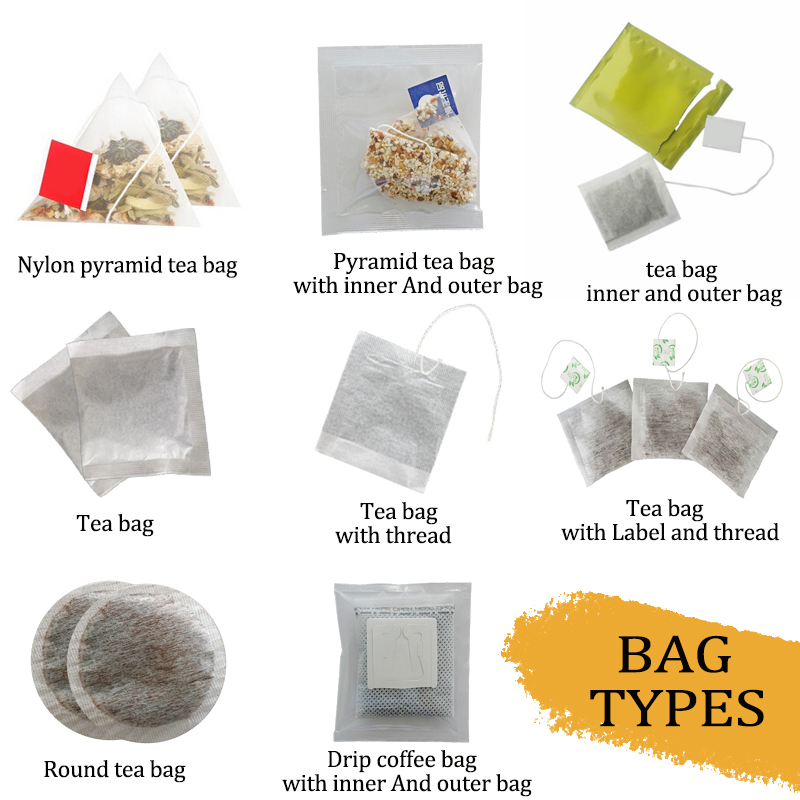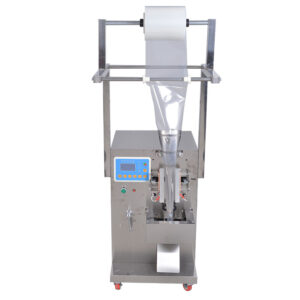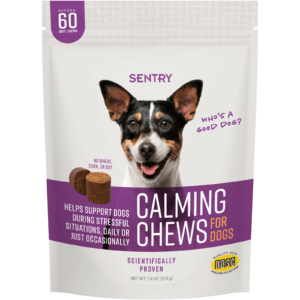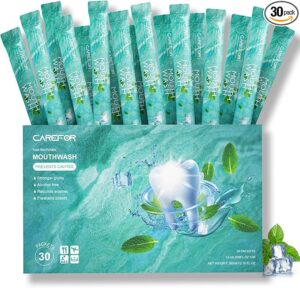The art of tea packaging is a blend of artistry and scientific precision, crucial for maintaining the delicate flavors and quality of tea leaves. The choice of material significantly impacts the tea-drinking experience, ranging from traditional materials like paper and silk to modern, eco-friendly options such as PLA and Soilon. This article delves into the various materials used for tea bag packaging, the role of packaging machinery, and the factors influencing material choice. It provides a comprehensive understanding of the nuances and advancements in tea bag packaging by examining emerging trends and innovations in the industry.
The Craft of Tea Packaging
Tea bag packaging is both a scientific and artistic endeavor. The artistry lies in creating visually appealing packaging that enhances the tea-drinking experience, while the science involves selecting materials that protect the tea and withstand the brewing process.
The Importance of Tea Packaging Machinery
Packaging machinery plays a crucial role in this process, weighing the tea, filling the bags, sealing them, and attaching strings and tags. Manufacturers can choose from a range of equipment that best suits their requirements and the unique properties of the chosen packaging material, such as Pyramid Tea Bag Packing Equipment or Drip Coffee Bag Packing Machines.
The Importance of Choosing the Right Tea Packaging Material
Selecting the appropriate packaging material is essential for protecting tea leaves from moisture, oxygen, and light, ensuring the tea remains fresh and flavorful. The packaging must also be visually appealing to attract customers on store shelves.
Top 10 Tea Bag Materials
We will explore the top 10 materials for tea bag packaging, each with unique characteristics suitable for encapsulating tea leaves. These characteristics include permeability, taste interference, and environmental impact.
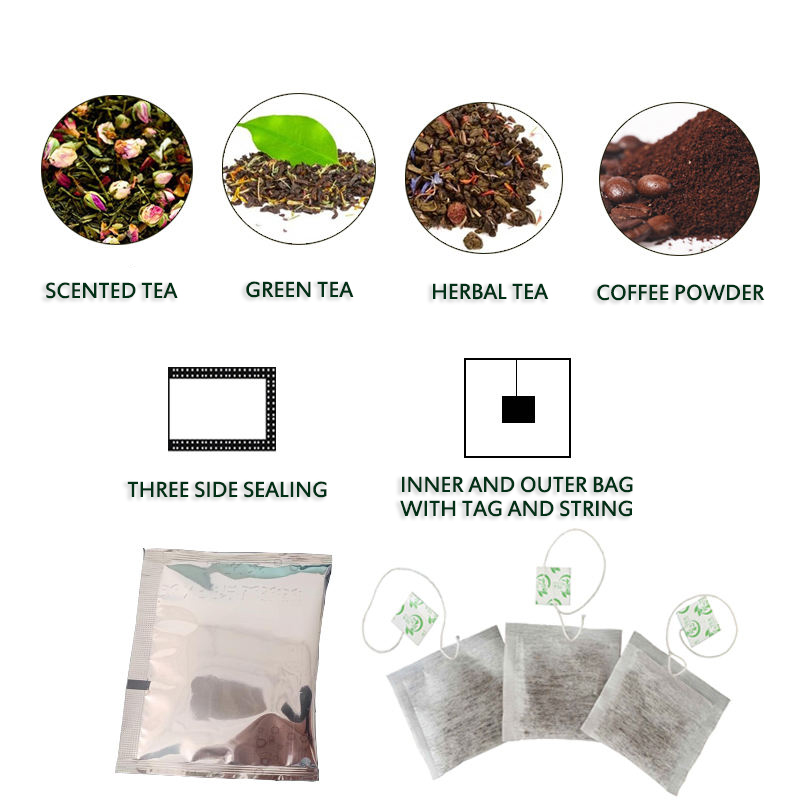
How to Choose Tea Packaging Materials
Understanding these materials provides insights into typical tea bags, whether you are a tea manufacturer, a packaging enthusiast, or a curious tea drinker. Let’s begin!
Paper: One of the oldest materials for tea bag packaging, made from tightly woven natural fibers for a semi-permeable surface.
Advantages: Inexpensive, printable, and allows for good water flow during brewing. Natural composition doesn’t alter tea taste.
Disadvantages: Unsuitable for loose leaf teas, as particles can escape through paper holes. Less durable and prone to tearing.
Silk: Used in high-end tea products for its luxurious appeal, often for pyramid-shaped bags.
Advantages: Allows excellent water flow for better tea infusion and is strong and flexible.
Disadvantages: More expensive and not biodegradable, which may concern eco-conscious consumers.
Nylon: A synthetic material popular for tea bags due to its durability and versatility.
Advantages: Durable, heat-sealable, and without aftertaste.
Disadvantages: Not biodegradable or compostable, and there are concerns about potential chemical leaching.
Soilon: A biodegradable material from corn starch, often used as an eco-friendly alternative to nylon.
Advantages: Biodegradable and compostable, heat-sealable, and allows for good water flow.
Disadvantages: More expensive and requires careful storage to prevent moisture absorption.
Polylactic Acid (PLA): A plant-based biodegradable material made from renewable resources like corn starch or sugarcane.
Advantages: Provides good oxygen and moisture barriers while being environmentally friendly.
Filter Paper: Known for excellent particle retention and compatibility with tea bag machines.
Advantages: Effective for brewing but may be less sturdy than other options.
Non-Woven Fabric: Made from a blend of natural and synthetic fibers, offering breathability and good infusion properties.
Advantages: Biodegradable options align with eco-conscious consumer preferences.
Biodegradable Mesh: With its eco-friendly nature and efficient infusion capabilities, a frequently utilized material for tea bags.
Advantages: Enables effective flavor and aroma extraction from tea leaves.
Aluminum: Used for tea bag packaging due to its excellent barrier properties.
Advantages: Lightweight and easy to seal, preserving tea freshness.
Disadvantages: Not biodegradable and can impart a metallic taste.
Tinplate: A steel sheet coated with tin, offering a non-toxic and recyclable option for tea packaging.
Advantages: Good barrier properties protect tea leaves from oxygen and moisture.
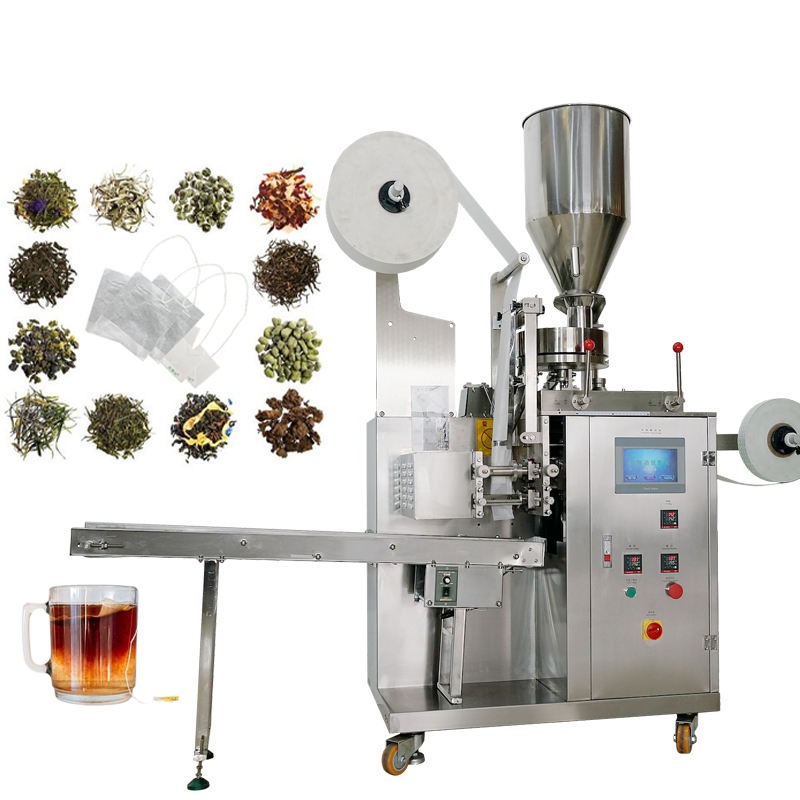
Development Trends of Tea Packaging Materials
The tea bag packaging market is evolving with innovations and trends that cater to changing consumer tastes and environmental concerns. Key themes influencing future tea bag packaging include sustainable materials, compostable packaging, innovative shapes, functional features, personalization, transparency, and multisensory experiences.
Conclusion
The realm of tea bag packaging is a fascinating blend of tradition, modernity, and sustainability. The choice of packaging material affects the overall tea-drinking experience and the quality and flavor of the tea. The demand for biodegradable and compostable tea bag materials is growing, prompting companies to explore plant-based alternatives and creative packaging solutions that highlight the tea and support sustainability goals. With trends like customization, transparency, and multisensory experiences poised to influence the market, the future of tea bag packaging looks bright. As packaging technology advances, we can expect to see even more innovative and environmentally friendly packaging solutions that meet the changing tastes of tea enthusiasts worldwide.
